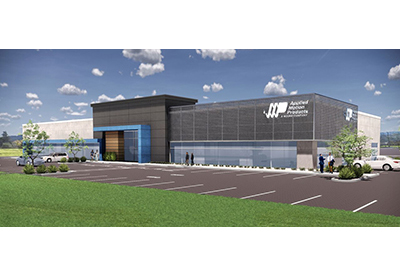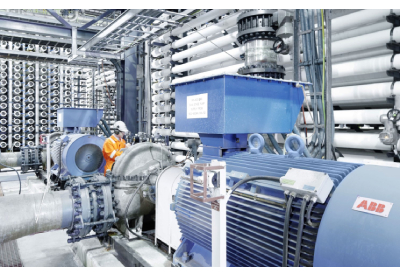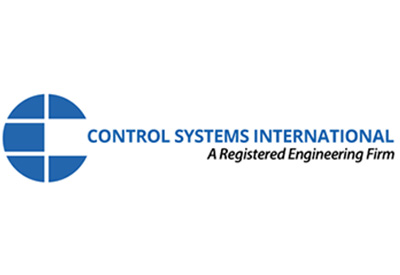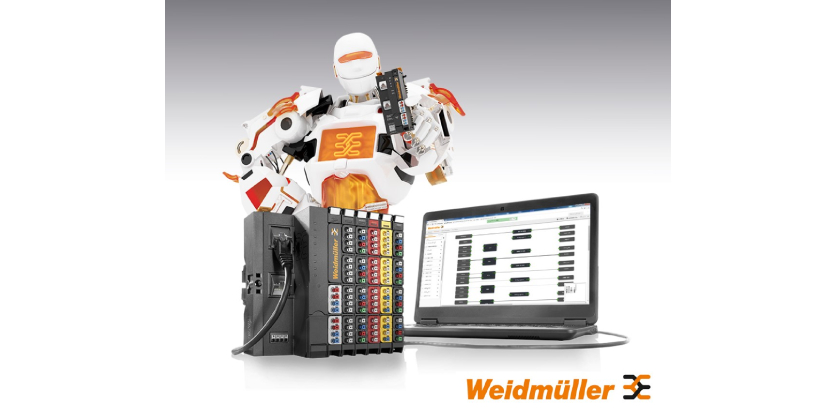Ballard Teams Up with Caterpillar & Microsoft to Demonstrate Megawatt-Scale Hydrogen Fuel Cell Backup Generator System for Datacenters
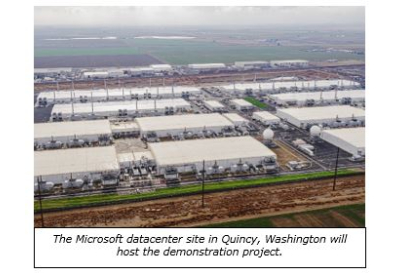
February 28, 2022
Ballard Power Systems recently announced that the company has launched a three-year project through a collaboration with Caterpillar Inc. and Microsoft to demonstrate a power system incorporating large-format hydrogen fuel cells to produce reliable and sustainable backup power for data centers. The project is supported and partially funded by the U.S. Department of Energy (DOE) under the H2@Scale initiative and backed by the National Renewable Energy Lab (NREL).
Caterpillar experts in advanced power technologies, controls and system integration are working alongside Microsoft experts in data center design and Ballard experts in fuel cell design, to demonstrate a 1.5 MW backup power delivery and control system that would meet or exceed the high expectations set by current diesel engine systems, while achieving a significantly reduced emissions profile.
Ballard will provide an advanced, 1.5 MW ClearGenTM-II hydrogen fuel cell power generator. As the prime contractor on the project, Caterpillar is providing the overall system integration, power electronics, and controls that form the central structure of the power solution, which will be fueled by low-carbon-intensity hydrogen. Microsoft is hosting the demonstration project at a company data center in Quincy, Washington. NREL is performing analyses on safety, techno-economics, and greenhouse gas impacts.
“At Caterpillar, we focus on supporting our customers with reliable, resilient and economical power solutions while achieving their climate-related goals,” said Jason Kaiser, Vice President of Caterpillar Electric Power. “This hydrogen fuel cell demonstration project enables us to collaborate with industry leaders to take a large step toward commercially viable power solutions that also support our customers in making their operations more sustainable.”
“We continue to invest in research and advanced development in hydrogen fuel cells as one of the various pathways toward our commitment to be carbon negative by 2030,” said Christian Belady, Distinguished Engineer and VP, Advanced Development, Cloud Operations + Innovation at Microsoft. “This latest project with Caterpillar will provide valuable insights into how to leverage hydrogen fuel cells for backup power in our datacenters at scale.”
“We are excited to be collaborating with a complementary team of global industry leaders on this important demonstration project,” said Randy MacEwen, Ballard’s President & CEO. “The results of this project will provide key insights into the capability of fuel cell systems to scale and serve multi-megawatt data centers. The project will also explore the scalability of fuel cell systems powered by low carbon-intensity hydrogen from cost and performance perspectives. Ballard’s industry leading PEM technology is well suited for customers undergoing energy transition and requiring high power backup applications featuring its quick start up ability, proven durability, and load following capability.”



